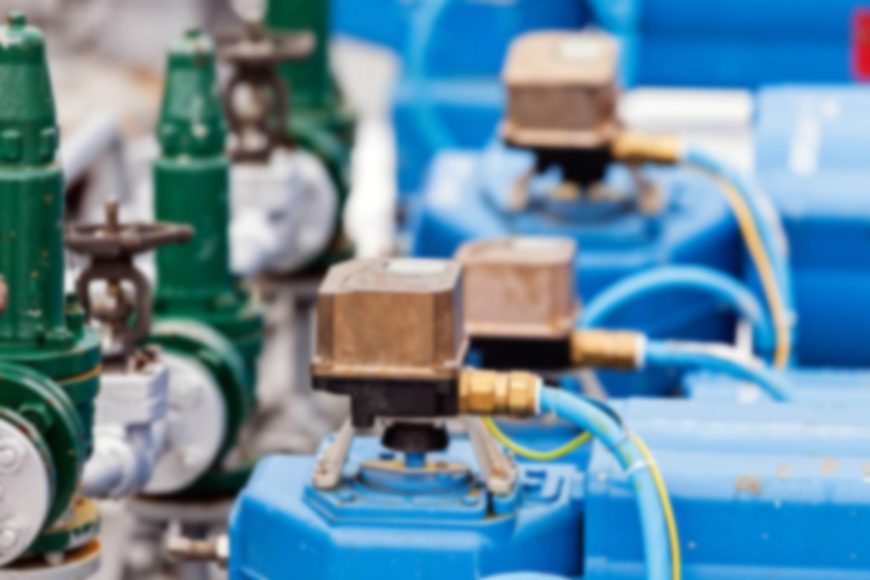
Ozone (O3) is a slightly blue or colorless gas made of three atoms and is found predominantly in the Earth’s atmosphere. At ground level, high ozone concentrations can be harmful to living organisms and the environment, and therefore, significant importance is placed on monitoring ozone levels. Ozone transfer standards are used in vital processes and equipment that analyze air quality, ensuring the accuracy and traceability of ozone measurements. This blog will focus on photometry, one of the primary methods of measuring ozone concentrations in transfer standards, and how the photometric procedure is conducted.
Understanding Photometry
The photometric procedure uses UV light to measure the concentration of gases, such as ozone. Measuring ozone concentration in standards can be conducted simply and cost-effectively through photometry, thus making it a favored method. Photometry follows Beer’s Law and uses absorbance and transmittance measurements to calculate how much UV light has been absorbed into a gas mixture by the ozone. It is essential to mention that calibrating photometers is crucial for accurate and consistent measurements regarding ozone concentration in transfer standards and other applications.
Photometric Procedure for Ozone Transfer Standards
The photometric procedure for ozone transfer standards is based on Beer’s Law. It involves several key steps, including preparing the gas mixture, measuring UV light, and calculating and verifying the ozone concentration. Take a look below at the primary stages.
- Calibration of the Photometer: The photometer must be calibrated to ensure accurate ozone concentration measurements. Calibration involves using a known standard to set the zero and span of the photometer.
- Generation of Ozone: Ozone is generated by an ozone generator that utilizes a UV-based light source. The temperature-controlled generator can run on a photo-optical feedback circuit to support reliable ozone generation.
- Photometric Measurement: The concentration of ozone generated is measured using the photometer. The photometer accurately measures the amount of ozone generated and provides real-time feedback to the system.
- Error Correction: Any errors in the system are corrected using closed-loop PID control. The correction ensures that the system maintains accuracy and reliability over time.
Benefits of Photometric Procedure for Ozone Transfer Standards
The photometric procedure for ozone transfer standards has several benefits, from high precision to low costs, and others such as:
- Accuracy: Using a calibrated photometer and mass flow controller ensures accurate ozone concentration measurements.
- Reliability: The closed-loop PID control and calibration of the mass flow controller at 11 points ensures reliable measurements over time.
- Automation: The Environics® Series 6123 Ozone Transfer Standard with Photometer includes user-friendly software that automates the calibration process and provides real-time feedback on the concentration of ozone generated.
Environics and Ozone Transfer Standards
Environics provides various products and services for gas mixing and analysis applications. The Environics® Series 6123 Ozone Transfer Standard with Photometer was designed as a standard for ozone monitoring, and it offers zero, precision, span, and multi-point calibrations using ozone. It can also use NO, NO2, SO2, CO, hydrocarbons, and other gases and meets the U.S. Environmental Protection Agency requirements for a level 3 bench or transfer standard.
Contact a member of Environics today to learn more about using photometry for ozone transfer standards.

